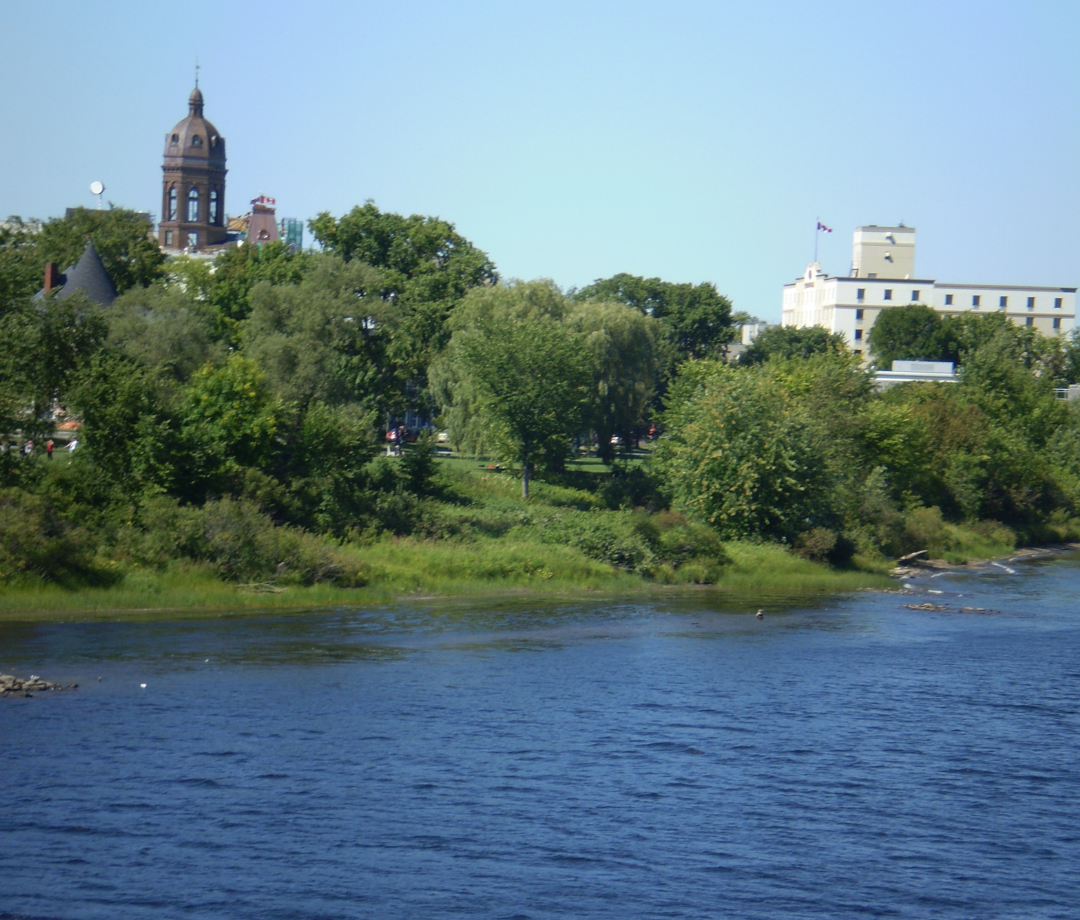What is Winnipeg’s Climate Like?
Winnipeg is classified as a humid continental warm summer climate, according to the Koppen Climate classification. This classification is sometimes shortened to Dfb.
The D in Dfb refers to the fact that the city has what is known as a continental climate. Continental climates only happen in the northern hemisphere, between 40- and 60 degrees latitude, and are generally inward geographically, some distance from the ocean. Most places with a continental climate are located in Europe, Asia and North America. They are usually cooler than temperate climates, while also being warmer than polar climates. By definition, they will have at least one month where the temperature will average below 0 C (32 F), and at least one month where the temperature averages 10 C (50 F) or above. The following things separate continental climates from other types of climates:
- Each of the four seasons is very distinct. This generally means summers are much warmer than the rest of the year, with winters being cold enough to form significant snow. Typically, both spring and fall will be above freezing, but won’t be as warm as summer.
- Leaves will change colours in the fall.
- More extreme weather events. This means thunderstorms and tornadoes are more common in these environments than in others.
- A moderate amount of precipitation year-round.
The f in Dfb refers to having no dry season. This refers to the summer and winter having approximately the same amount of precipitation. It should be noted that in this situation, summer refers to April – September, and winter refers to October- March.
The b refers to warm summer. The four types of Df climates are hot summer (a), warm summer (b), Cold summer (c) and very cold winter (d). Warm summer refers to the coldest month having an average temperature below 0 C, while not having any month with an average temperature warmer than 22 C (72 F), but at least four months where the average temperature is above 10 C (50 F). If it had at least one month where the average temperature was above 22 C (72 F), it would have been ranked as a hot summer (a), and if it had only 1-3 months where the average temperature was above 10 C (50 F) it would have been graded as a Cold Summer (c).
What Is Everyday Weather Like In Winnipeg?
Winnipeg is a city with plenty of extremes as far as temperatures go. In the summer, it will generally have highs of over 20 C (68 F). However, even then, their lows are often in the single digits, which is what is responsible for the city not having a single month with an average temperature of over 22 C (72 F), which would make them a hot summer climate (Dfa instead of Dfb).
It should also be noted that winds in Winnipeg generally average around 12 km/h year around, regardless of the current conditions.
What Is Spring Like In Winnipeg?
It should be noted that in this example, Spring will be treated as March, April and May. Spring in Winnipeg has plenty of variation, as it changes from very cold, almost winter-like conditions to much hotter temperatures very quickly. At the beginning of the season, average highs are very close to 0 C (32 F), and lows at -10 C (14 F), with many days being even colder than that. However, by the end of the season, highs will often approach or even exceed 20 C (68 F), with double-digit lows on occasion. Both cloud cover and humidity will average in the area of 75% at the start of the season. However, by the end of the season, things will be much sunnier, and less humid, with both numbers lowering to about 60%. These changes in temperature, humidity and cloud cover are indicative of the large difference between summer and winter in Winnipeg.
There might be as few as five days of precipitation in the early days of the season, with that likely doubling by the end of spring, although the type of precipitation will have changed from snow to rain.
What Is Summer Like In Winnipeg?
Summer, which in this article will be treated as June through August, is consistently quite warm in Winnipeg compared to the rest of the year. Most days will have highs in the mid-20s, with lows in the high teens, with each of the three months getting close to the 22 C (72 F) average temperature needed to qualify for being a hot summer, but not quite reaching that threshold. Humidity will often be in the general area of around 60% – 65%, with cloud cover starting at around the same numbers, but lowering to just under 50%, giving more sunlight in the summer. There will also be less rain as the season moves on, starting with over 100 mm in the average June with 14 days of precipitation, and closer to 70 mm with 11 days of precipitation on average in August.
What Is Fall Like In Winnipeg?
Fall in many ways, the reverse of Spring, except for the fact that the leaves change colour. In September, highs will usually average around 20 C (68 F) with lows around 10 C (50 F). However, the average November will have highs very close to freezing, and lows around -5 C (23 F). Humidity will increase from 70% in September to around 80% by November, with cloud cover going from 50% to 75% in the same time period. October acts as a middle point for each of these measurements. Each of the three months will average about 7 days of precipitation, with most of it being rain in September and October, and most of November’s precipitation being snow.
What Is Winter Like In Winnipeg?
As you would expect for a place in the prairies, the winters are quite cold, with highs in December, January and February all remaining around -10 C (14 F), and lows around -20 C (-4 F). Each of these three months will often have around 40 – 60 cm worth of precipitation throughout these months, which will usually be comprised entirely of snow instead of rain, with humidity and cloud cover both being between 75% and 80%.
Is Winnipeg For Me?
Winnipeg has a lot of pros to it. Its summers are generally quite warm, but not overly hot, with days commonly in the 20’s, but rarely hitting 30 C (86 F). It also does have beautiful leaves in the fall, if you’re someone who enjoys seeing colourful foliage. There is also considerably less precipitation than most other cities of similar size. However, the major downside to living in this city is the particularly brutal winters, with highs of -10 C (14 F), and lows of -20 C (-4 F) being the norm.



